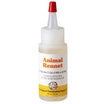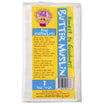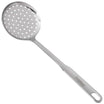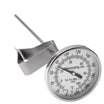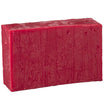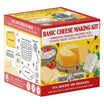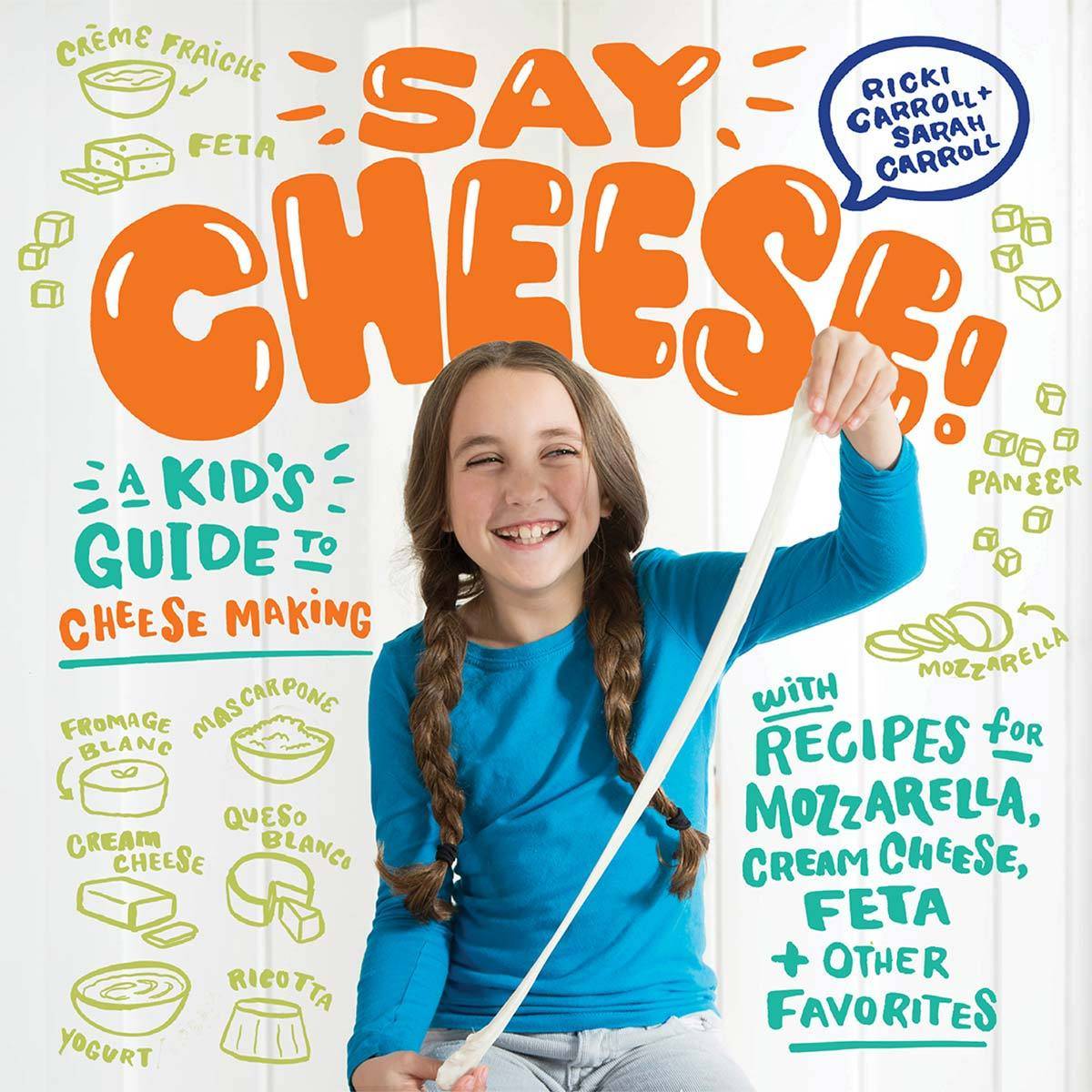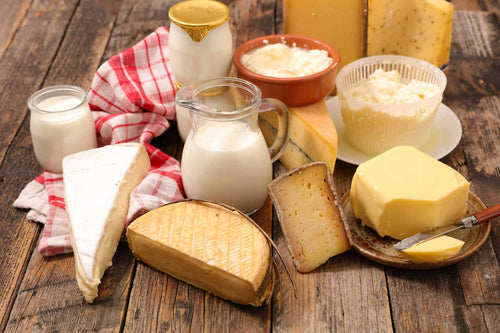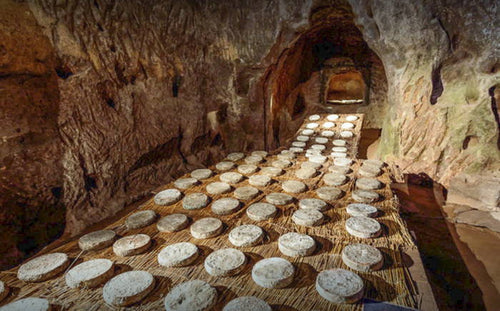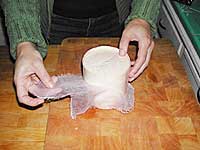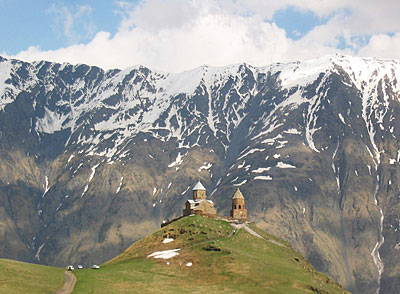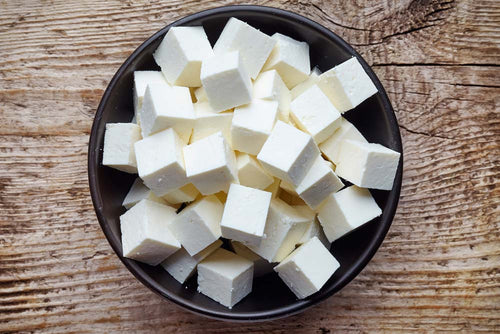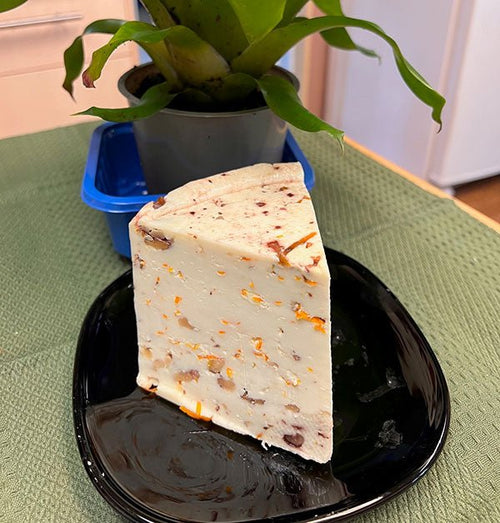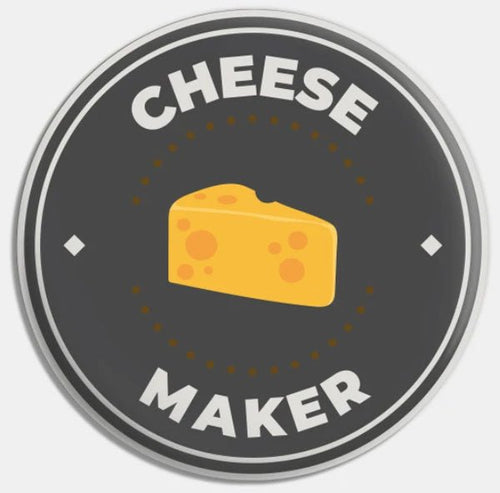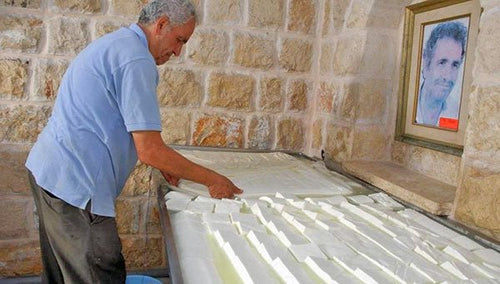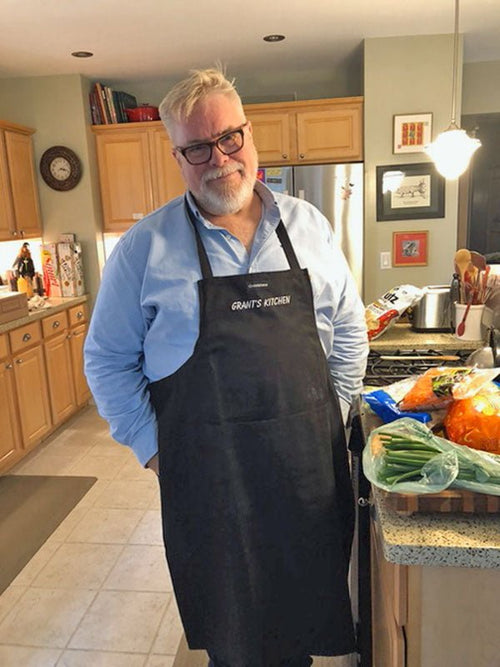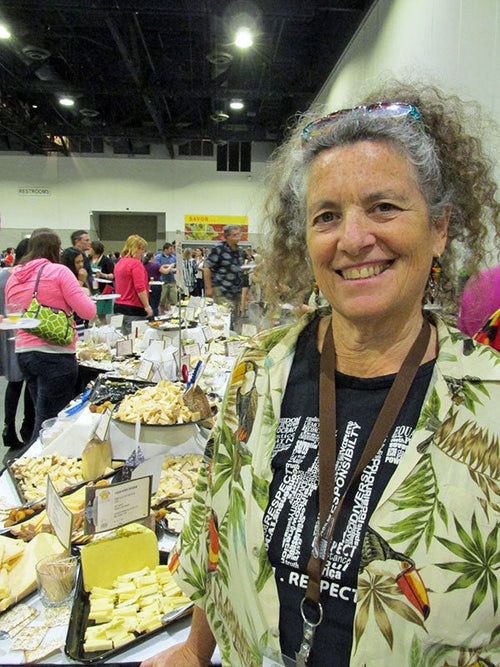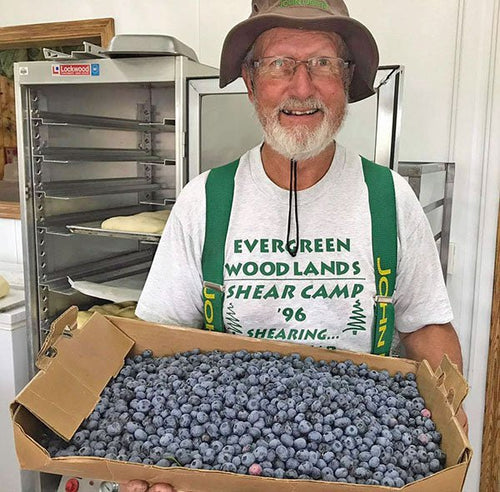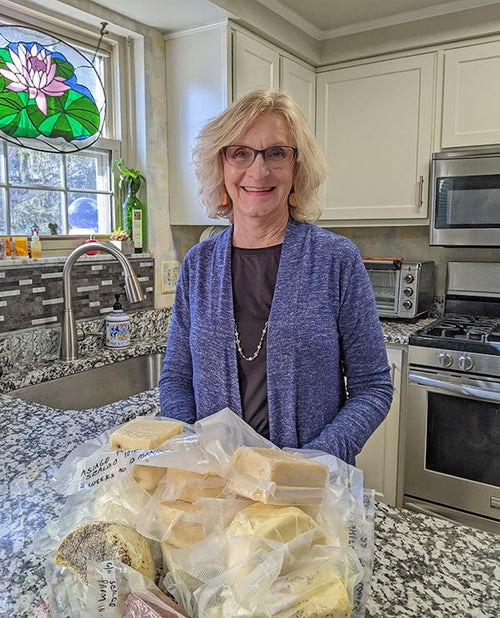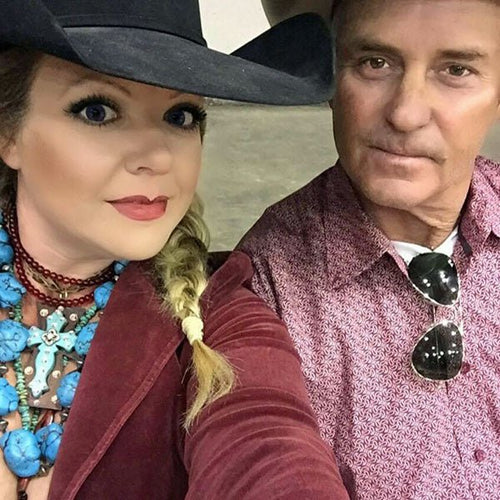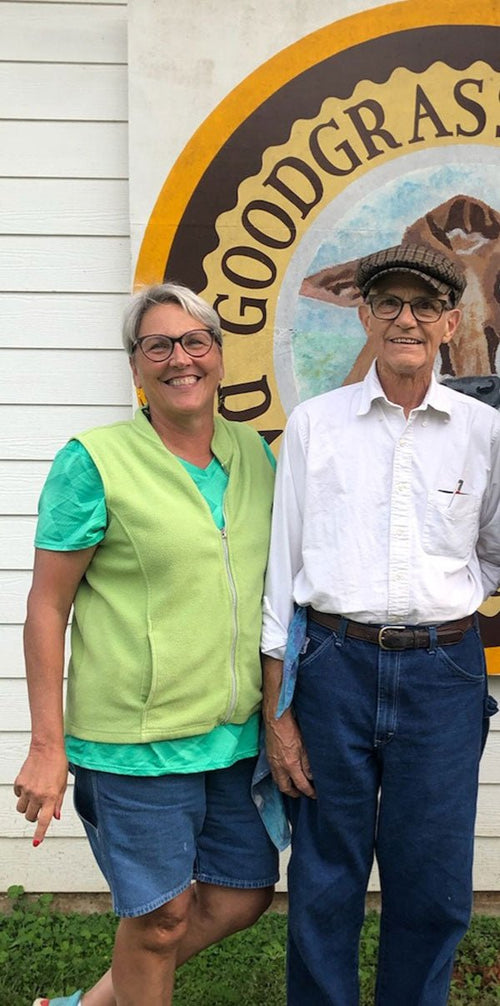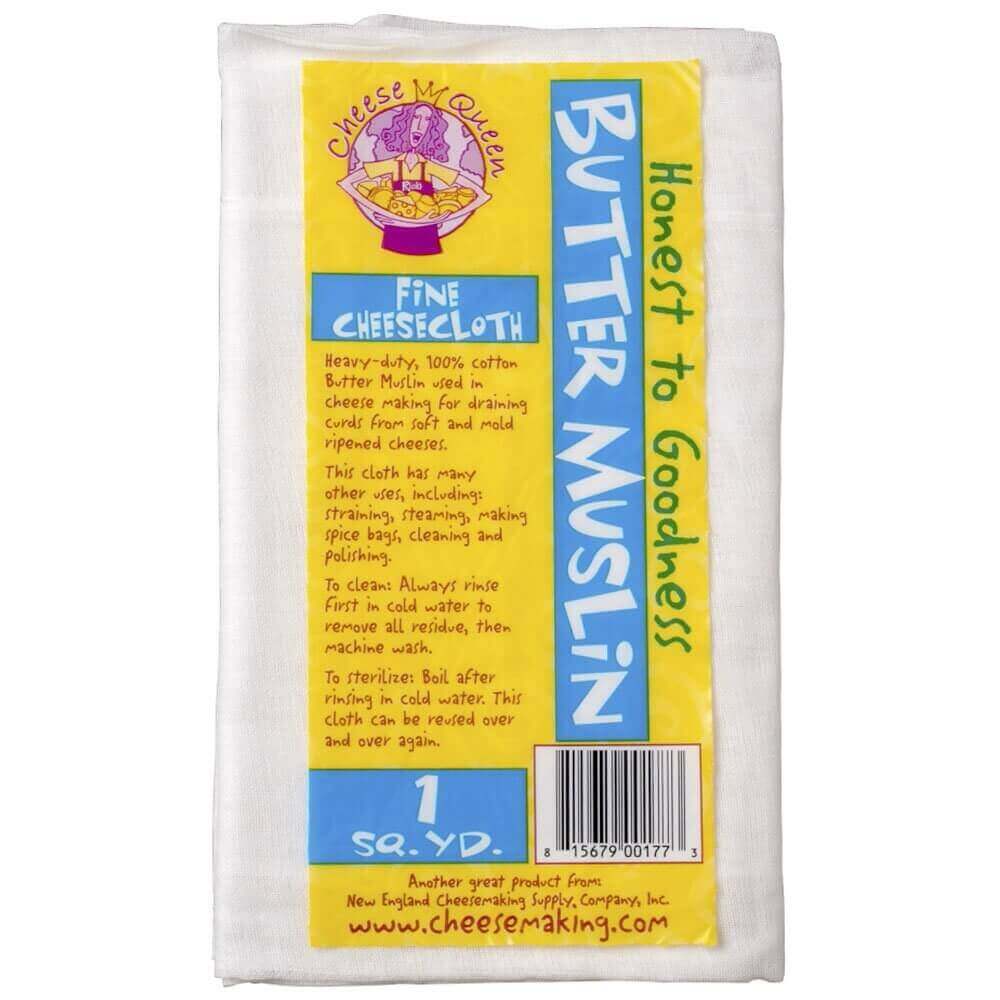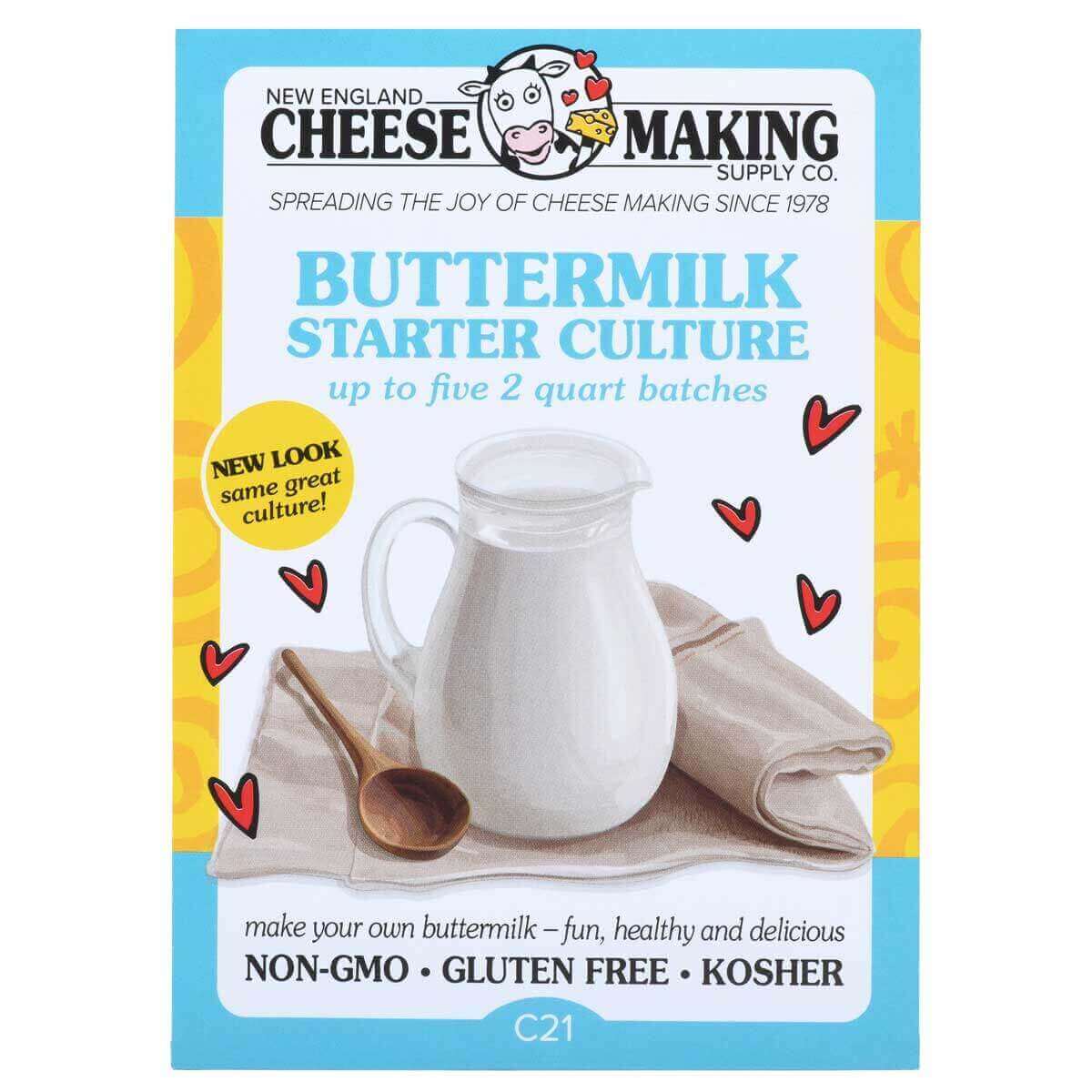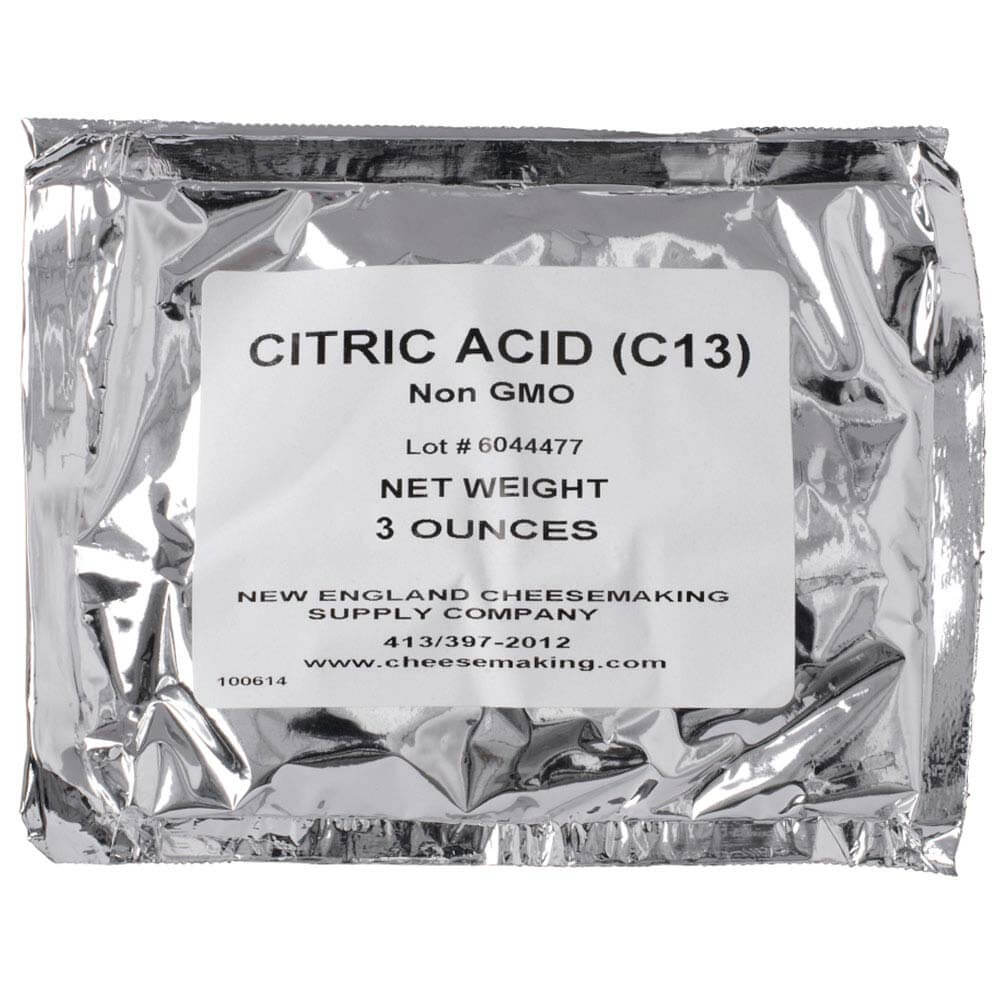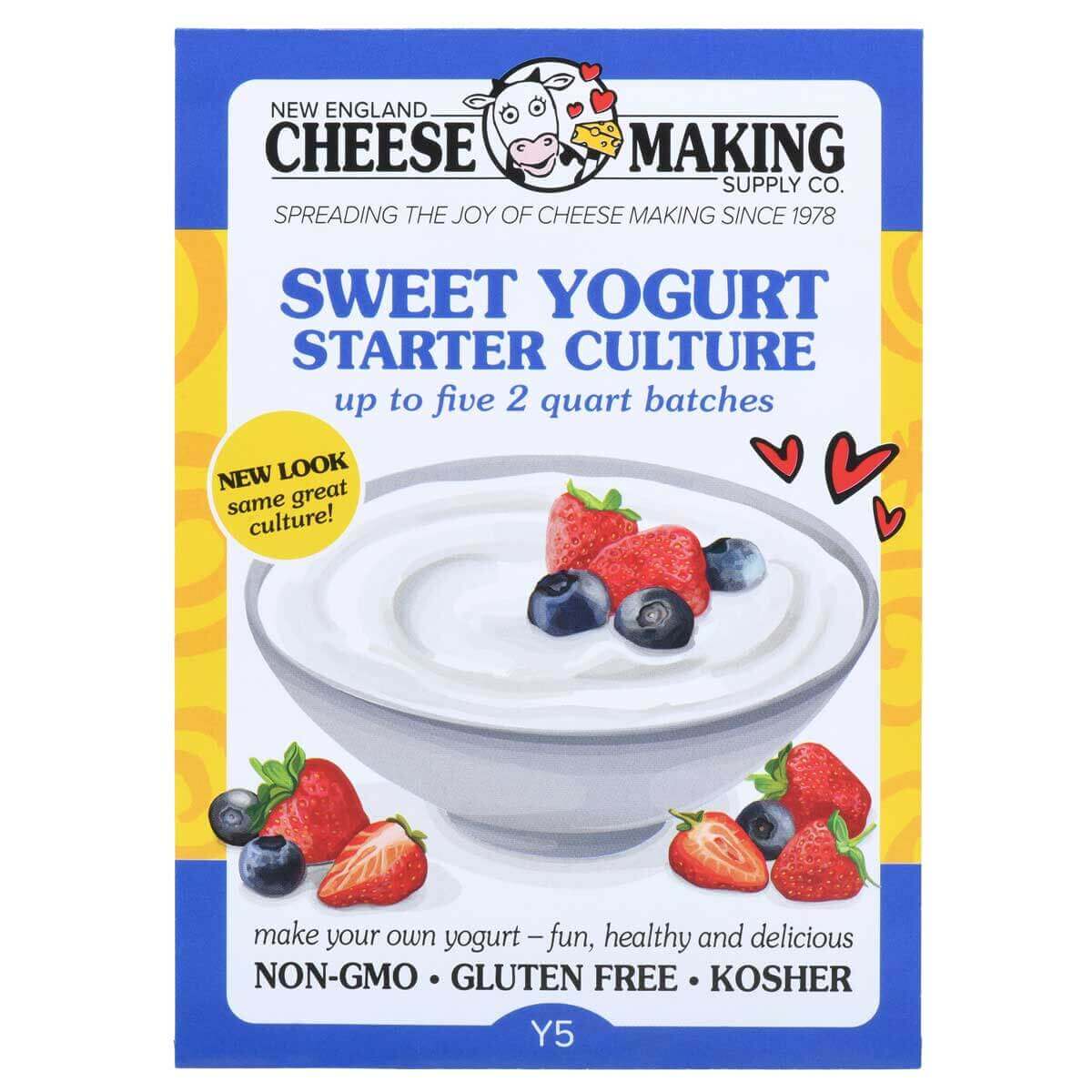Cheese Making Recipe of the Month
In this recipe, we take an in-depth look at a kitchen staple - sour cream. Making it at home is quick and easy. Plus, homemade sour cream is far superior to the average store-bought sour cream.
Going one step further, we also tested different types of cream to find the best combination for making sour cream. Check out the recipe to see our favorite.
Cheese Making Questions & Answers
How to Age Taleggio Cheese
Q. After making Taleggio, once my orange surface develops, do I keep brine washing it off every few days? Or just let it keep growing? It's mostly orange with just a few grey mold spots.
A. Once the surface forms, your objective is simply to keep the crust from drying too much. This means much less frequent wipings. Taleggio also develops some white/blue/green molds which can be wiped down before serving.
Cheese Mold is Too Small
Q. I am trying to use the small mold for the farmhouse cheddar. It is just too small. My two gallons of raw goat milk make more curds than fit. I tried leaving some curds in the bowl while the mounded-up curds got pressed with ten pounds of pressure, but, then I got a muffin-top shape. I tried adding more weight but, then, my rustic press was unstable. (The large mold makes a skimpy-looking, shallow cheese that is 'unbeautiful.')
A. The small cheese mold should hold the curds of 2 gallons of milk for this cheese. They will initially be mounded over the top a bit, but will press down nicely. Goat and cow milk have similar solids and similar yields.
The real problem is probably not too much curd, but too much moisture. The curds were probably not dry enough before going into the mold. This can be solved by stirring the curds longer in the whey before draining to make sure you have the correct final moisture.
The extra moisture you are leaving is lactose and you will probably find that it will produce an overly acid and crumbly cheese when the bacteria begin converting the sugars during the aging process.
Is Cheese Mold Safe to Eat?
Q. The white surface mold soft cheese I just completed has very light pink mold all over the surface. Is it safe to eat?
A. There are a lot of molds out there so, it is pretty hard to know what you have growing there. We might assume it to be one of the coriniforms, but can not say for sure. Knowing the specifics, process/aging conditions and observations is sometimes helpful but we can not verify from here.
As you can probably understand, we can never advise on whether cheeses are safe to eat or not. That decision is yours alone.
Question on Using Large Culture Packs
Q. I have been making goat milk cheese for about a year now and am ready to try some of Ricki's more adventurous recipes. However, I am stuck on measurements. Repeatedly, in every recipe in Home Cheese Making, the measurements for cultures are given in terms of "packets," as in "one packet of mesophilic culture," etc.
Sadly, the person who taught me cheese making used cultures from another company, so I am trying to use those up, but I don't know how to use them in Ricki's recipes. My question is: How much DVI culture is in 'a packet?'
A. There is no uniformity between amounts in different supplier's packets because they are packed according to bacteria activity rather than weight or volume.
Our packets are designed so that 1 packet is enough to culture 2-3 gallons of pasteurized milk or 4 gallons of raw milk. There is much more information about this on our Cheese Making Cultures FAQ page.
Does Clabbered Milk Need a Culture
Q. When I was a child in eastern Kentucky, my grandmother always had a gallon jug of cream sitting on the back of her coal stove, allowing it to ferment. I have tried it many times with raw milk and I have had no success. Do I need to use a culture? If so what do I need?
A. 'Clabbers' is made from the natural bacteria in milk. When our grandparents made it, it always came from a stable dairy environment, perhaps many generations old and from equipment and spaces used over and over. This is what caused the product to become stable. These days, there are just too many hands and regulations that have gotten in the way of a stable and good dairy bacteria, even with raw milk.
You can develop a culture with raw milk, but it will take several trials and a few generations for the bacteria to sort themselves out. There is a big difference between ‘sour’ milk and clabbers.
Have a cheese making question, we're here for you: info@cheesemaking.com
Meet a Fellow Cheese Maker
Karin Eide from Bayside, California
Two years ago, Karin Eide retired from her work at an accounting office and opened Spring Hill Farmstead Goat Cheese. She has been making fabulous cheese ever since.
Karin has thistle growing in her fields and years ago, she began harvesting it to make rennet. That process became somewhat cumbersome, but she loved the thistle rennet, so she found a source in Spain.
She now uses it in all her cheese - soft and hard. Of course, she'll be trying our new liquid thistle rennet as soon as she finishes the last big bottle she bought. (We'll let you know how it compares.)
News From Fellow Cheese Makers
Whey Delicious
I want to share a new way to use whey after you've made ricotta:
Use it for stews and soups instead of water! I made an Irish stew with grass-fed, homegrown beef shank, onion, potatoes, carrots and herbs from the garden and filled the pot with whey instead of water
OMG! The stew was amazing and with whey, there's added protein and vitamin B complex.
As a cheese maker, I always have so much whey to deal with. I'm using it to make sourdough … whey plus a cup of freshly milled wheat or rye flour. Then, when I make bread, I use whey instead of water, ferment it for 3 days.
Meibao Nee, Folktale Country Farm, Sierra Foothills, CA
We wrote an article about Meibao in 2017 and her recipe for fermented bread.
They're on the Road Again
I have some great news! We moved to Italy (AKA the Cheese Heaven). My husband, my son and I are having a gap year in Europe and we are based in Milan.
A gap year is when you quit your job to spend a year living new meaningful experiences, like traveling abroad.
This is a huge thing to us since I always wanted to leave Brazil and never had the guts to (my husband and I had stable jobs and we always had an excuse to stay).
Last year we bit the bullet and started planning the whole thing. We are now working as happy freelancers (I am a graphic designer now and my husband is a writer and a journalist). So far everything is doing well and on top of that, we are giving our 4 year old the life I wish my parents could have given me.
Since we moved here, we have been tasting new flavors and I will be restarting my cheese production.First, I'll have to find a good milk supply, but I don't think it will be a huge problem.
Part of our plans includes meeting cheese farms to have experiences as cool as we had once in Mongolia. We wrote an article about their trip to Mongolia in 2017.
Among other stuff, we are planning to spend a couple of days (or maybe even weeks) WWOOFing at some cheese farm, preferably in Italy or a country nearby.
Have you ever heard of the WWOOF community? If not, take a look at their website. I think you'll find them very interesting.
We are three nice people looking for a farm to meet and to spend some time there making cheese (like we did in Mongolia but for a longer period). Who knows if someone decides to invite us! :-)
Mariana Veiga, Paderno Dugnano, Italy
Contact them at marianapintoveiga@gmail.com or Facebook or Instagram.
Please send your cheese making news & photos to: moosletter@cheesemaking.com
















